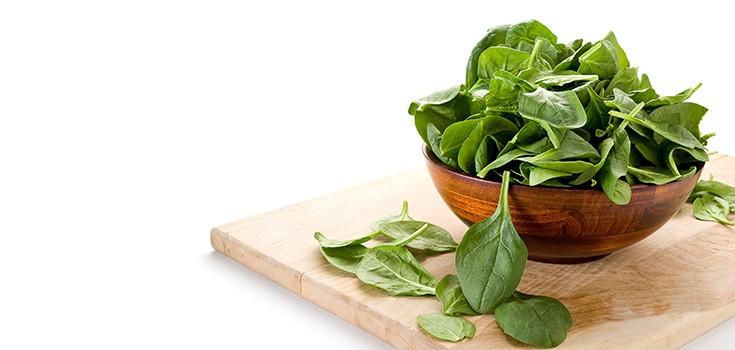Anti-Stroke Diet: 5 Foods to Lower Stroke Risk

Strokes occur when blood flow is restricted in the brain, which is often triggered by an artery or blood vessel being blocked or breaking. According to the CDC, strokes kill 130,000 people in the United States each and every year, and stroke sufferers seem to be getting younger. This means one American, on average, dies from a stroke every 4 minutes. Stroke risk is even higher for racial minorities—with the risk of having a first stroke nearly twice as high for blacks as whites.
So, what can we do about this?
Well, like heart disease, strokes are largely preventable through proper diet, exercise, and a generally healthy lifestyle. Specifically, there are some foods that may encourage general vascular health and help reduce the risk of a stroke. Here are 5 foods to include in your anti-stroke diet.
1. Beans
Folate, or folic acid, can lower your risk of stroke by up to 20%. Beans like pinto beans, garbanzos, and lentils have well over 250 mcg of folate per serving. In addition, beans, along with leafy greens and nuts, are rich in magnesium – another substance to be added in an anti-stroke diet. Researchers evaluated seven studies previously published over the span of 14 years and found that for every addition of 100 milligrams of magnesium a person consumed per day came a reduced risk of an ischemic stroke by 9%.
2. Spinach
Potassium-deficiency is related to an increased risk of stroke—up to a 28% greater risk. While we usually think of bananas as being the best source of potassium, there are several other foods rich in potassium; spinach is one of those foods.
3. Chocolate
As reported in the Raw Story, men who ate a chocolate bar each week could lower their stroke risk by 17 percent. Every increase in consumption of 50 grams per week, further reduced risk of stroke by 14 percent, according to the study. It’s believed that flavonoids in chocolate can protect against cardiovascular disease, including stroke. They may work to decrease blood pressure and blood concentration of “bad” cholesterol.
4. Tomatoes
Lycopene is the compound that gives tomatoes their bright red color. A study found that men with the greatest concentration of blood lycopene were least likely to have a stroke over a 12 year period. The link was even more pronounced when scientists focused solely on strokes caused by clots. Then, those with the highest blood lycopene levels had a 59% lower risk than the others.
5. Citrus Fruits
The antioxidants and flavonoids found in citrus fruits are linked with a lower risk of stroke in women. The same results may be found in men as well. According to one Harvard study, women who consumed these compounds over a 14-year period had a 19 percent lower risk of stroke.
There are things you can do to prevent illness and disease. These preventative measures are simple, easy solutions. Something as simple as eating fresh fruits and vegetables can significantly impact your risk of this and other diseases. In addition to the foods listed above for an anti-stroke diet, here are other ways on how to prevent a stroke.
Additional Sources:
